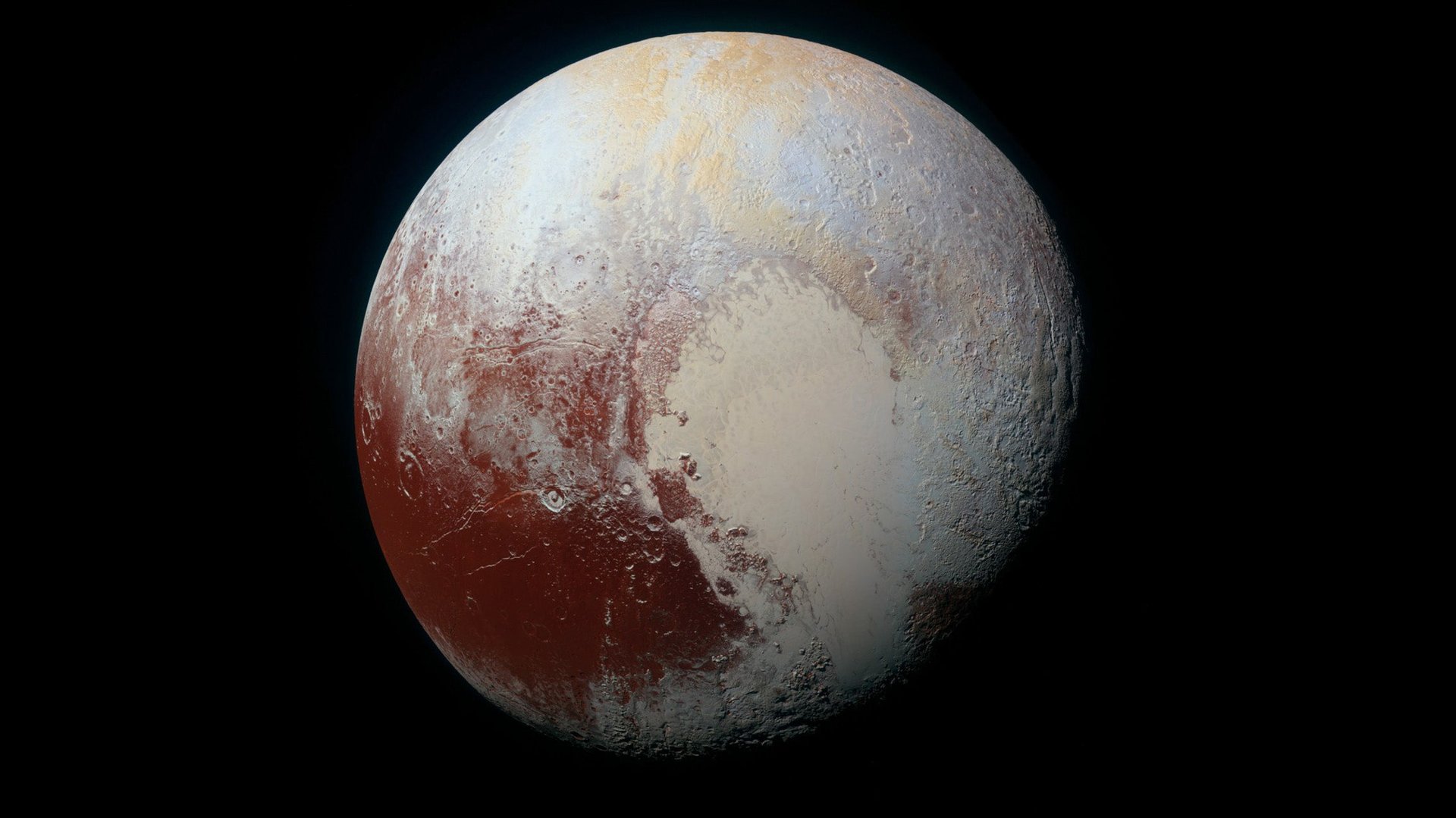A brief history of Pluto’s 87-year planetary identity crisis
“Doctor Slipher, I have found your Planet X.” On Feb. 18, 1930, this is what astronomer Clyde Tombaugh told his boss, Vesto Slipher. For years, scientists at the Lowell Observatory in Arizona had scanned million of stars in search of a fabled planet at the far reachers of our solar system. Tombaugh was now sure he had found it.


“Doctor Slipher, I have found your Planet X.” On Feb. 18, 1930, this is what astronomer Clyde Tombaugh told his boss, Vesto Slipher. For years, scientists at the Lowell Observatory in Arizona had scanned million of stars in search of a fabled planet at the far reachers of our solar system. Tombaugh was now sure he had found it.
After taking more photos to confirm the finding, 87 years today, on March 13, 1930, the world was told that a new planet would be added to the solar system. It was named Pluto in part to honor Percival Lowell, as his initials would make up the first two letters of the name. Lowell was a wealthy businessman, mathematician, and astronomer who built observatory where Tombaugh and Slipher worked and where the search for Planet X began 24 years earlier.
According to Powell, Planet X had to be out there, somewhere, because of wiggles in the orbits of Uranus and Neptune. The theory was that a large planet must be lurking beyond Neptune in order to create the gravitational tug that accounted for the orbital perturbations.
But almost as soon as Pluto was discovered, astronomers began questioning its status as Planet X. It looked too small to create orbital perturbations. Over the next 50 years, Pluto’s mass was calculated, argued over, and then recalculated. In 1978, the discovery of Charon, Pluto’s moon, allowed a conclusive measurement of the planet’s mass, of about 1/500th of the Earth’s.
Within a decade of that realization, based on data received from Voyager 2 as it crossed Neptune in 1989, Pluto’s status as Planet X was dealt a fatal blow. It turns out that Lowell’s original observations were slightly off, and Neptune’s mass had been overestimated by 0.5%. This seemingly tiny tweak meant that its orbital perturbations were not necessarily down to the pull of another planet in the vicinity.
What’s more, in the early 1990s a mess of bodies were discovered orbiting the sun, roughly in the same area and of the same size as Pluto. They even had similar skewed orbits as Pluto, which doesn’t orbit the sun in the same plane as the other eight planets of the solar system.
Indeed, given growing evidence, in 2006, the International Astronomical Union (IAU) demoted Pluto to a dwarf planet. Ejected from our solar system, Pluto now shares dwarf status with four other recognized planets and six other candidates.
In an ironic twist, the existence of these Pluto-like bodies and their skewed orbits have forced astronomers to start looking for a new Planet X. Last year, scientists announced that they believe a planet more massive than Earth, with a 10,000-year orbit around the sun, could be found quite soon.
Pluto’s identity crisis
As Quartz reported previously, a planet is defined by four characteristics:
According to the IAU, a full-fledged planet must: circle the sun without being some other object’s satellite; be rounded by its own gravity; not be so big to undergo nuclear fusion like a star; and clear its neighborhood of most orbiting bodies.
It’s on the last measure that Pluto fails, because of the many similarly sized objects in its vicinity.
Still, there’s a small but vocal contingent of scientists lobbying for Pluto to be considered a planet again. They were encouraged after NASA’s New Horizons mission took photos of the dwarf planet up close in 2015.
First, scientists spotted that Pluto might have clouds. Alan Stern, head of the New Horizons mission, said that, like in Star Trek, if space travelers saw a celestial body with clouds they would think it’s a planet. And, so, it must follow that clouds on Pluto should be enough to deem it a planet.
Then, just last month, a study published by Stern argued for expanding the definition of a planet: in effect, he says that any celestial body circling the sun with enough gravity to form a sphere should count. If he got his way, there would be 100 other celestial bodies (including our moon) that should be considered planets.
In the 87 years since we first discovered Pluto, we’ve learned a lot about the celestial body. We have also argued a lot about it. Regardless of its status, the frigid rock with a funky orbit will continue to enthrall scientists and stargazers for many years to come.